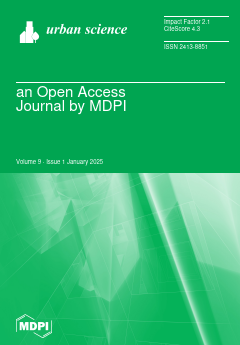Compacted soils in urban areas suffer from reduced porosity, impairing plant growth, water infiltration, and gas exchange, thus exacerbating other potential environmental issues. Amending soil with organic matter can reduce bulk density and increase permeability, thereby enhancing soil fertility and functionality. This study
[...] Read more.
Compacted soils in urban areas suffer from reduced porosity, impairing plant growth, water infiltration, and gas exchange, thus exacerbating other potential environmental issues. Amending soil with organic matter can reduce bulk density and increase permeability, thereby enhancing soil fertility and functionality. This study evaluated the effects of two organic soil amendments (i.e., chipped cork and municipal waste compost) on soil functionality and the physiology of
Quercus ilex trees, following a soil compaction treatment. Five soil treatments were compared: control (no compaction and amendments), soil compaction without amendments, and compaction with amendments including cork, compost, or a combination of both. Soil and plant physiological responses were analyzed during the summer months, focusing on soil gas exchange, temperature, moisture, microbial respiration, enzymatic activity, leaf gas exchange, leaf chlorophyll fluorescence, chlorophyll content, and maximum daily trunk shrinkage. The results showed that amended soils exhibited increased soil gas exchanges, lower temperatures, and higher microbial activity than non-amended compacted soils, thereby reducing the detrimental effects of soil compaction on plant physiology. These findings suggested that incorporating organic amendments into urban soils, especially those subjected to frequent trampling, could make them more resistant/resilient to compaction, supporting healthier green spaces and more sustainable urban ecosystems.
Full article





